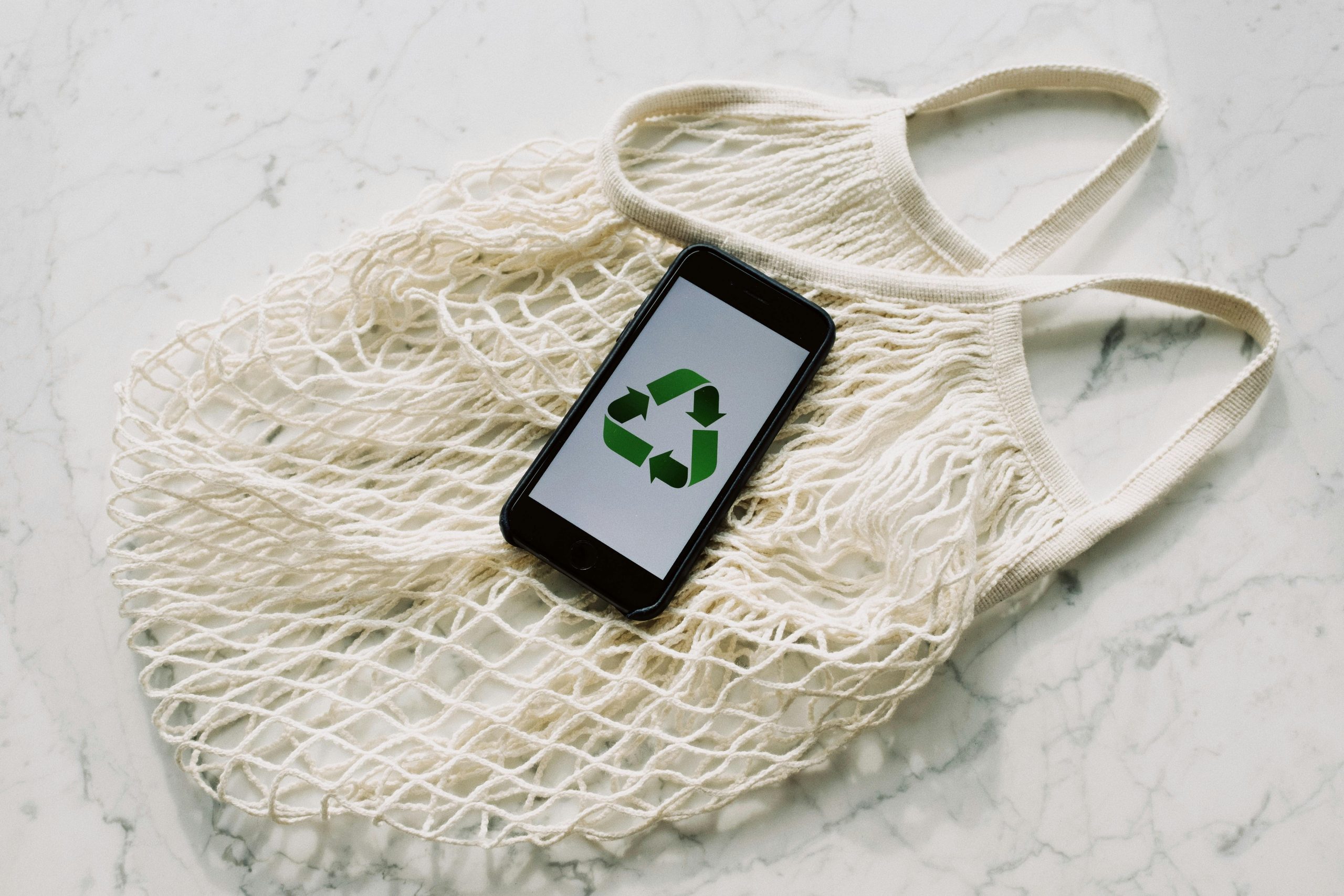For centuries, our economy has operated on a simple, brutalist principle: take, make, waste. We pull resources from the earth, manufacture products for a fleeting life, and condemn them to landfills. This linear conveyor belt to obsolescence fuelled industrialisation, but it’s now straining under its own weight, creating volatile supply chains and a planet choking on our leftovers. An estimated $100 billion worth of materials are lost annually from the fashion industry alone, with less than 1% of clothing being recycled back into new garments.
But a quiet revolution is underway, a fundamental redesign of this flawed system. It’s called the circular economy, and it’s not another green-washed marketing campaign. It is a strategic imperative poised to unlock an estimated $4.5 trillion in value by 2030. It proposes a radical yet elegant alternative: an economy that is restorative and regenerative by design, built on three core principles. First, eliminate waste and pollution before they are even created. Second, circulate products and materials at their highest possible value. And third, actively regenerate nature.
This isn’t just about better recycling; it’s about fundamentally rewiring our relationship with the things we use. Three distinct business models are leading the charge.
The most profound shift is from ownership to access, a model known as Product-as-a-Service (PaaS). Instead of buying a product, consumers subscribe to its function. Think of Rent the Runway, offering a rotating closet of high-end fashion, or Apple’s iPhone Upgrade Program. The manufacturer retains ownership and, therefore, the responsibility for maintenance, repair, and end-of-life. Suddenly, the incentive for planned obsolescence vanishes. Durability, efficiency, and repairability become direct drivers of profit, transforming one-off sales into stable, recurring revenue.
The second model, Product Life & Use Extension, directly confronts our throwaway culture. It’s about keeping things whole, functional, and in circulation for as long as possible. The outdoor brand Patagonia has become a benchmark with its “Worn Wear” program, which provides repair guides, accepts trade-ins, and resells refurbished gear. This isn’t just altruism; it builds fierce brand loyalty and taps into a booming secondhand apparel market projected to hit $77 billion. In electronics, the “Right to Repair” movement and policies like France’s mandatory Repairability Index are empowering consumers to choose longevity, chipping away at the costly cycle of replacement.
Finally, when a product can no longer be reused or repaired, Resource Recovery closes the loop, treating waste as a valuable feedstock. The environmental and economic logic is undeniable: producing aluminum from recycled cans uses just 5% of the energy required for primary production. Innovators are turning trash into treasure across every sector. In South Africa, Agriprotein uses insect larvae to convert organic waste into high-protein animal feed. In consumer electronics, Dell runs a closed-loop system, recovering plastics from discarded devices to manufacture new computer parts—a practice known as “urban mining,” which can be incredibly lucrative. One ton of discarded mobile phones, for instance, contains over 100 times more gold than a ton of gold ore.
With such clear potential, one would expect capital to be flooding into these transformative models. And it is—sort of. Investment in the circular economy surged from $10 billion in 2018 to $28 billion in 2023, and major players like BlackRock have launched dedicated funds.
But here lies a critical disconnect. A closer look reveals a troubling trend. The vast majority of this capital—nearly half—is flowing not to the game-changing innovations that design waste out of the system, but to familiar, lower-impact solutions like traditional recycling and waste management. High-impact, design-led innovations in new materials or production processes received a mere 4.7% of the total investment. Furthermore, many publicly traded circular economy funds have actually underperformed their market benchmarks, suggesting investors are paying a premium for a theme whose most potent opportunities remain underfunded.
Why is the money flowing to manage the problem rather than prevent it? The answer lies in a systemic gridlock, a “catch-22” of interconnected barriers. Businesses cite high upfront capital costs as the top obstacle. Building advanced recycling facilities or reverse logistics networks requires immense investment with long-term payoffs, a mismatch for investors seeking quarterly returns. This is compounded by deep-seated organizational inertia, where corporate culture and performance metrics are still calibrated to reward linear sales growth.
Perhaps the most significant barrier is a fragmented and misaligned regulatory landscape. Rules designed for a linear world create bizarre obstacles. A material considered a valuable resource in one country might be legally classified as hazardous waste in another, strangling the cross-border movement of goods for repair or remanufacturing. This patchwork of rules, coupled with a lack of consistent standards for secondary materials, creates profound uncertainty, deterring the very investments needed to build a functional circular supply chain.
Yet, even as these headwinds persist, powerful trends are beginning to break the deadlock. Forward-thinking companies are pursuing vertical integration, acquiring recycling and reprocessing capabilities to secure their own supply of high-quality feedstock. Building materials giant Heidelberg Materials, for example, has acquired major construction waste recycling firms in the UK and Germany, a strategic move to internalize its circular supply chain.
Simultaneously, a converging global policy framework is creating powerful market tailwinds. The European Union’s ambitious Circular Economy Action Plan—with mandates for product durability, recycled content, and transparent “Digital Product Passports”—is setting a de facto global standard. Because multinationals must engineer their products to meet the most stringent rules, this “Brussels Effect” is forcing companies worldwide to innovate toward circularity.
Driving it all is a technological revolution. Artificial Intelligence (AI) and the Internet of Things (IoT) are the catalysts making circularity viable at scale. AI-powered computer vision can sort mixed waste with superhuman speed and accuracy, while IoT sensors embedded in products enable real-time tracking for predictive maintenance and streamlined reverse logistics. Together, they form the intelligent, data-rich nervous system a circular economy needs to function.
The transition from a linear to a circular economy is more than an environmental necessity; it is the blueprint for 21st-century competitiveness and resilience. It requires a fundamental shift in mindset from business leaders, investors, and policymakers—a move away from measuring the efficiency of a broken system to engineering the effectiveness of a new one. The path forward demands strategic foresight and collaborative action, but the conclusion is clear: the future will not be built on what we throw away, but on what we have the ingenuity to keep.
Disclaimer: Important Legal and Regulatory Information
This report is for informational purposes only and should not be construed as financial, investment, legal, tax, or professional advice. The views expressed are purely analytical in nature and do not constitute financial guidance, investment recommendations, or a solicitation to buy, sell, or hold any financial instrument, including but not limited to commodities, securities, derivatives, or cryptocurrencies. No part of this publication should be relied upon for financial or investment decisions, and readers should consult a qualified financial advisor or regulated professional before making any decisions. Bretalon LTD is not authorized or regulated by the UK Financial Conduct Authority (FCA) or any other regulatory body and does not conduct activities requiring authorization under the Financial Services and Markets Act 2000 (FSMA), the FCA Handbook, or any equivalent legislation. We do not provide financial intermediation, investment services or portfolio management services. Any references to market conditions, asset performance, or financial trends are purely informational and nothing in this report should be interpreted as an offer, inducement, invitation, or recommendation to engage in any investment activity or transaction. Bretalon LTD and its affiliates accept no liability for any direct, indirect, incidental, consequential, or punitive damages arising from the use of, reliance on, or inability to use this report. No fiduciary duty, client-advisor relationship, or obligation is formed by accessing this publication, and the information herein is subject to change at any time without notice. External links and references included are for informational purposes only, and Bretalon LTD is not responsible for the content, accuracy, or availability of third-party sources. This report is the intellectual property of Bretalon LTD, and unauthorized reproduction, distribution, modification, resale, or commercial use is strictly prohibited. Limited personal, non-commercial use is permitted, but any unauthorized modifications or attributions are expressly forbidden. By accessing this report, you acknowledge and agree to these terms-if you do not accept them, you should disregard this publication in its entirety.



